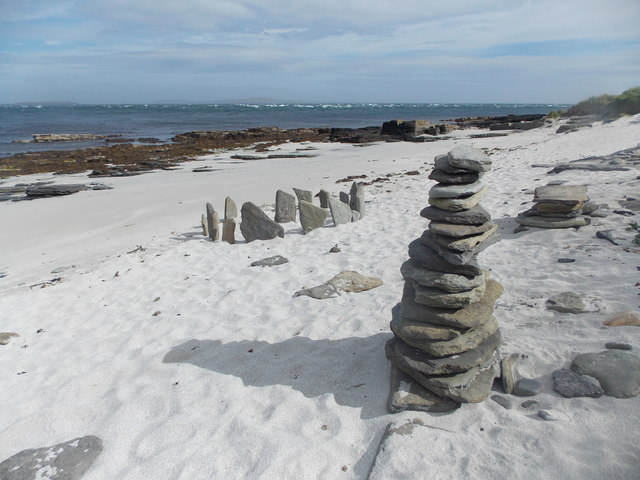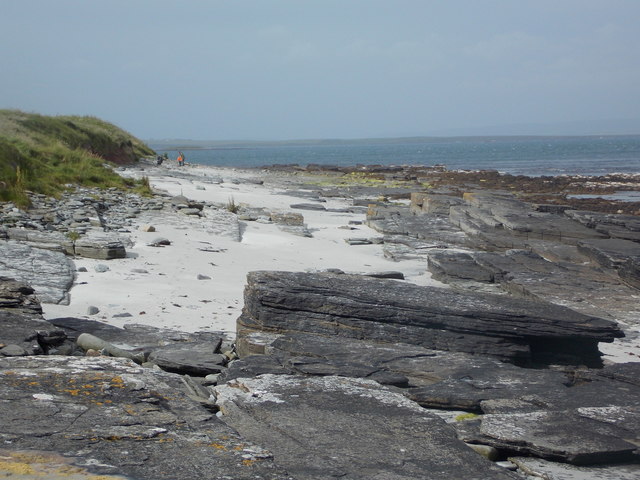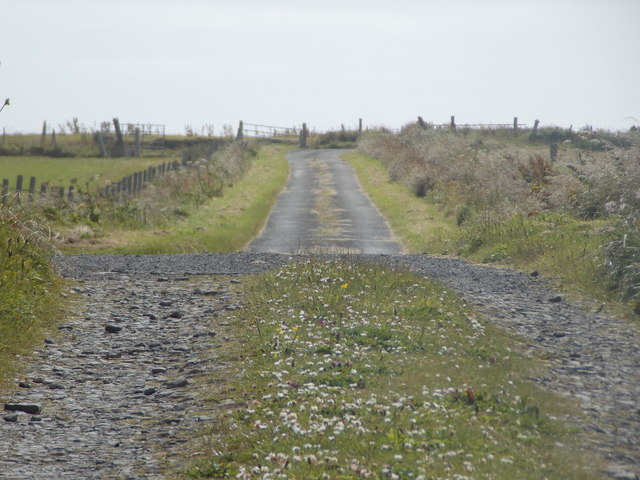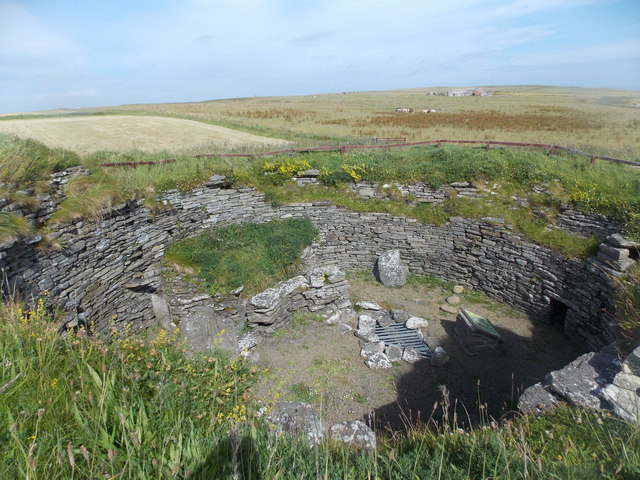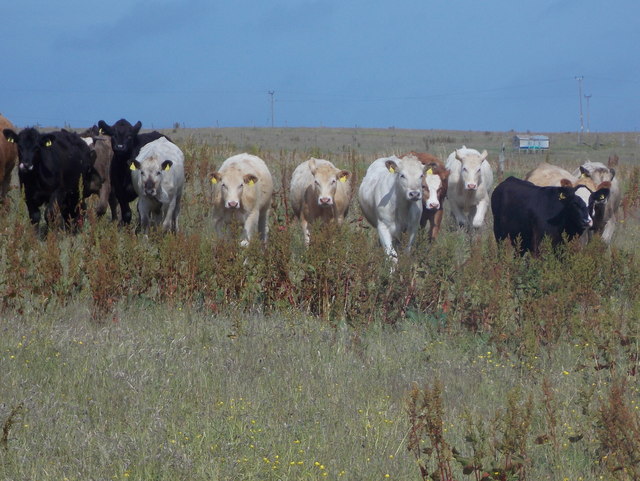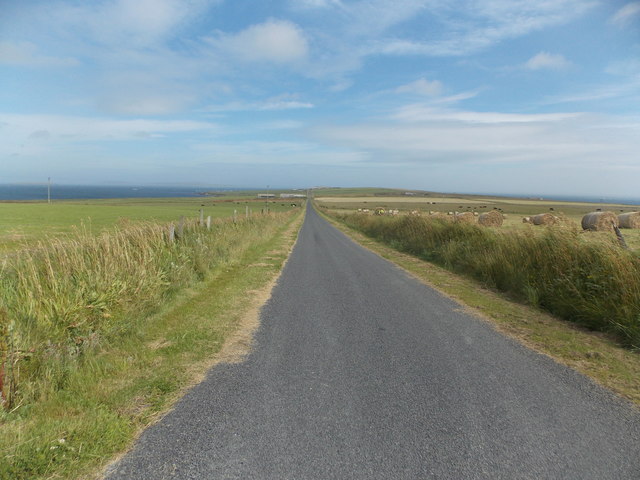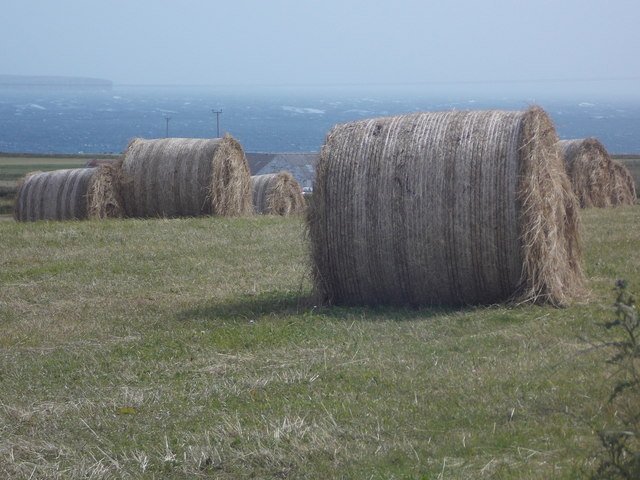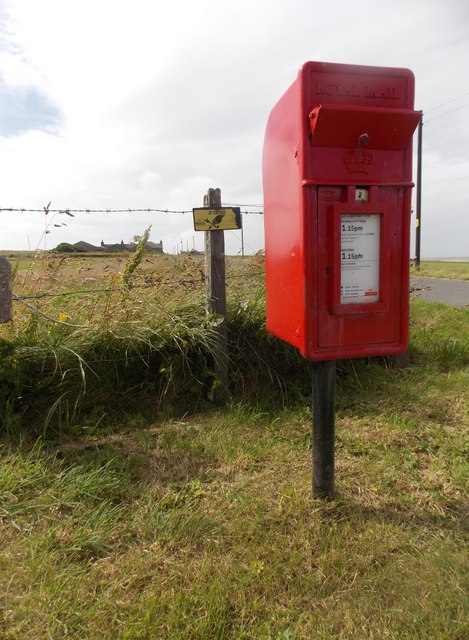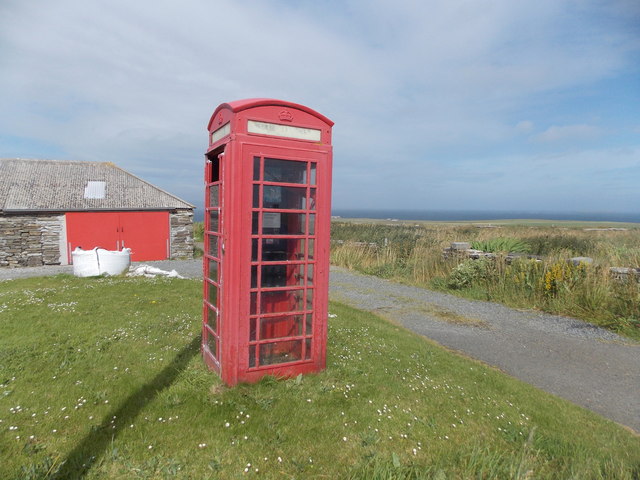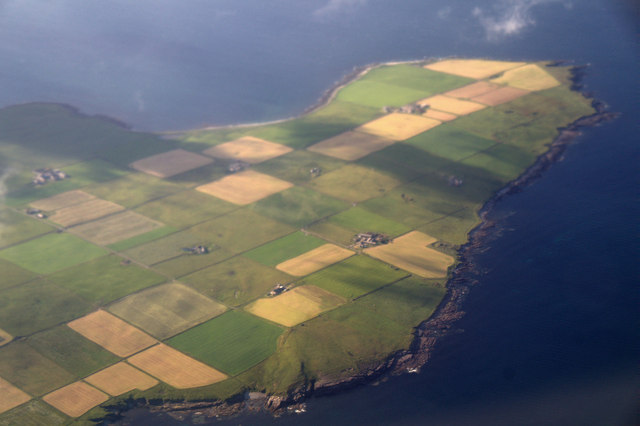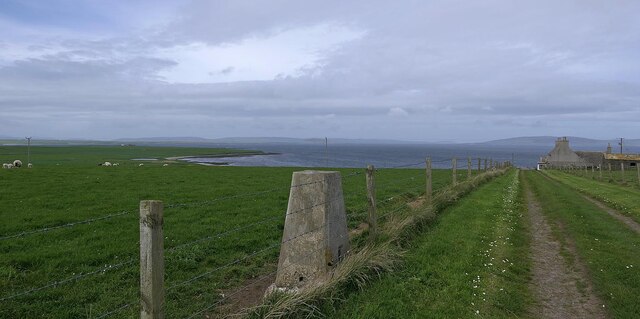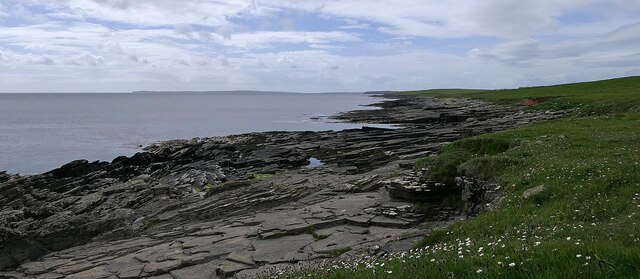Banks of Veniver
Cliff, Slope in Orkney
Scotland
Banks of Veniver
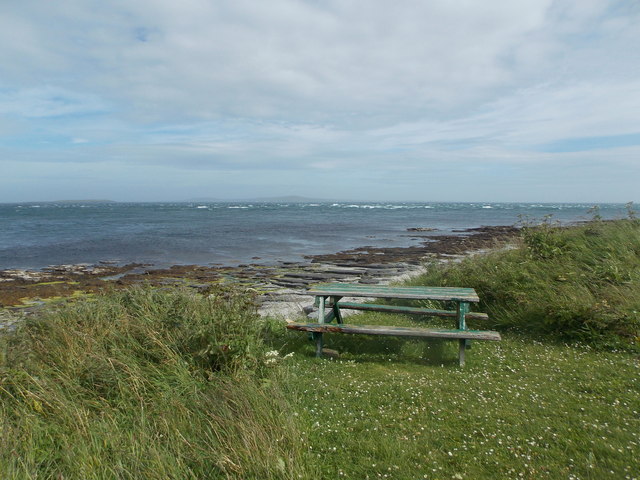
The Banks of Veniver, located in Orkney, Scotland, are an impressive geological feature consisting of steep cliffs and slopes. Situated on the northern coast of the main island, these banks stretch for approximately 3 miles along the coastline. The cliffs, which reach heights of up to 200 feet, are composed of sandstone and shale, displaying layers that provide a glimpse into the region's geological history.
The Banks of Veniver offer breathtaking views of the North Sea, with its crashing waves and dramatic tides. The cliffs are home to a diverse range of seabird colonies, including guillemots, puffins, and razorbills, making it a popular spot for birdwatchers and nature enthusiasts.
The slopes leading down from the cliffs are covered in lush vegetation, including grasses, heather, and wildflowers such as primroses and sea pinks. The combination of the rugged cliffs and vibrant flora creates a visually stunning landscape that attracts both locals and tourists alike.
Due to their remote location, the Banks of Veniver provide a peaceful and serene environment, ideal for those seeking solitude and a connection with nature. The area is also a designated Site of Special Scientific Interest (SSSI), recognizing its importance for both its geological and ecological significance.
Overall, the Banks of Veniver in Orkney are a remarkable natural feature, combining towering cliffs, vibrant slopes, and abundant wildlife. Whether admired from the top of the cliffs or explored up close, this area offers a captivating glimpse into the geological and biological diversity of the region.
If you have any feedback on the listing, please let us know in the comments section below.
Banks of Veniver Images
Images are sourced within 2km of 59.078479/-2.8296564 or Grid Reference HY5221. Thanks to Geograph Open Source API. All images are credited.
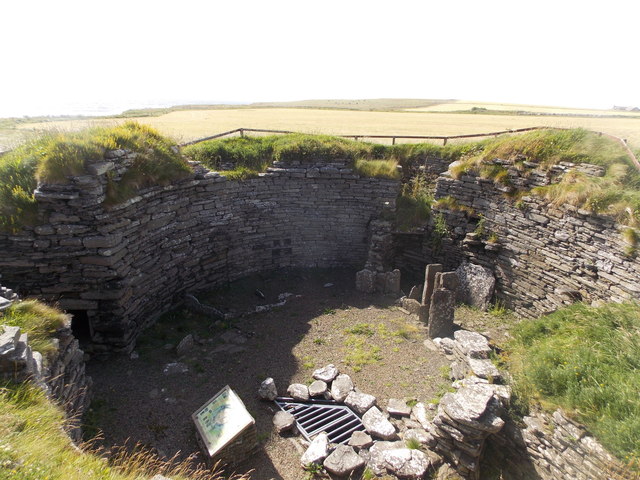
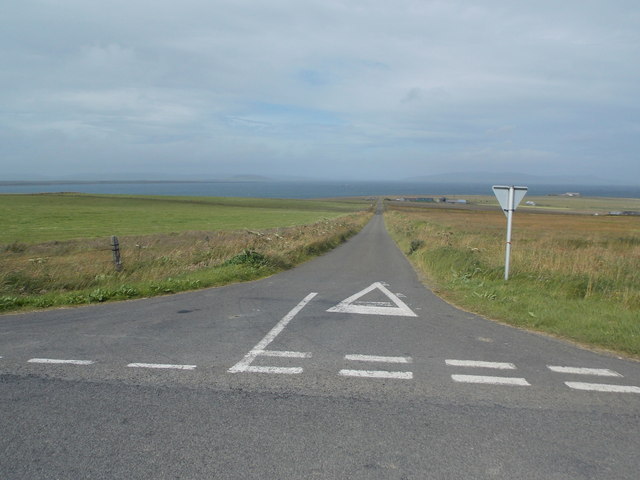
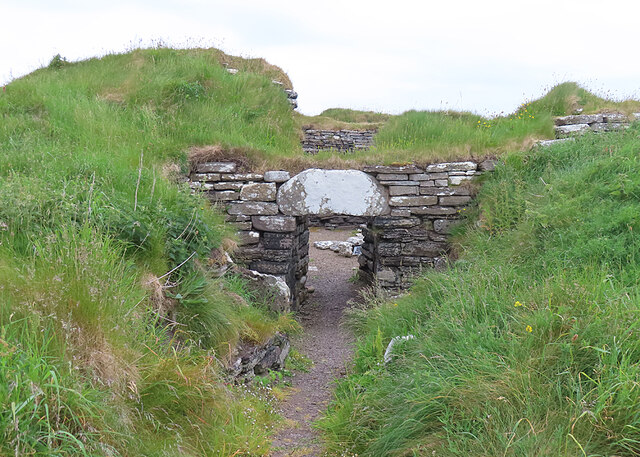
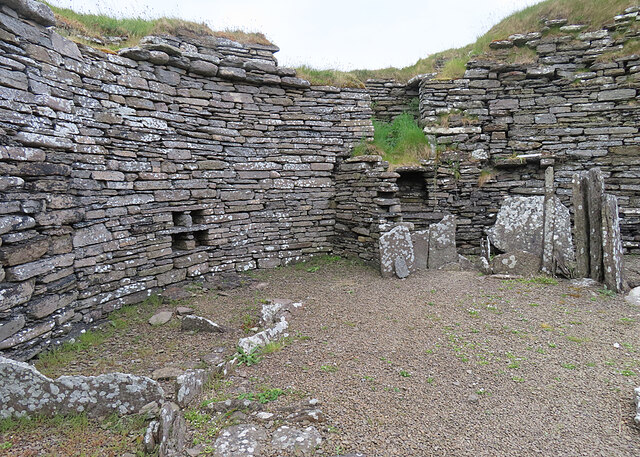
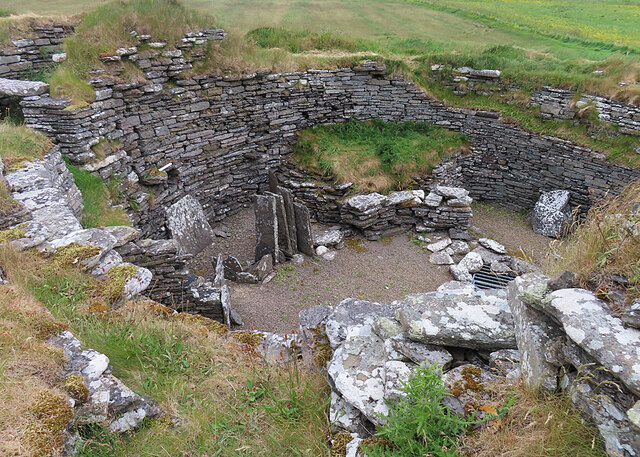
Banks of Veniver is located at Grid Ref: HY5221 (Lat: 59.078479, Lng: -2.8296564)
Unitary Authority: Orkney Islands
Police Authority: Highlands and Islands
What 3 Words
///districts.lowest.birds. Near Balfour, Orkney Islands
Nearby Locations
Related Wikis
Quholm
Quholm (grid reference HY5221) is a farm in the northeast of Shapinsay, in the islands of Orkney, Scotland. == Historical sites == Slightly to the south...
Burroughston Broch
Burroughston Broch is an Iron Age broch located on the island of Shapinsay in the Orkney Islands, in Scotland (grid reference HY54062100). The site overlooks...
Veantro Bay
Veantro Bay is a bay on the northwest coast of Shapinsay in the Orkney Islands, Scotland.At the head of the bay is a large stone, thought to be associated...
Lairo Water
Lairo Water is a surface water body known as an ayre situated on the western coast of Shapinsay in the Orkney Islands. This brackish water body is separated...
Nearby Amenities
Located within 500m of 59.078479,-2.8296564Have you been to Banks of Veniver?
Leave your review of Banks of Veniver below (or comments, questions and feedback).
